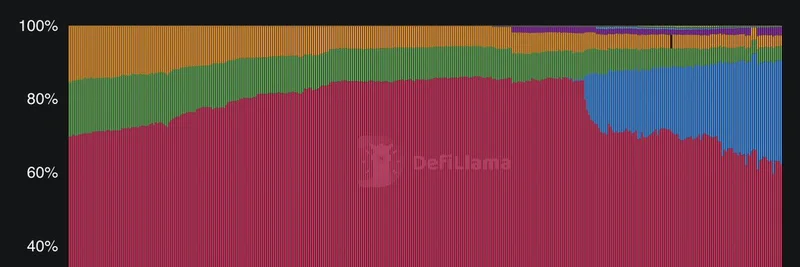In the fast-paced world of cryptocurrency, where innovation meets regulation head-on, Armani Ferrante, the founder and CEO of Backpack, MadLads, and AnchorLang, recently shared a tweet that's got everyone talking. It's a humorous yet spot-on depiction of the back-and-forth struggles in implementing proof of reserves (PoR) while dealing with fiat currencies. If you're new to this, proof of reserves is basically a way for crypto platforms to prove they actually hold the assets they claim to, often through cryptographic proofs or audits, ensuring transparency and trust.
Ferrante's tweet captures the essence of these challenges in a conversational style:
Me: we have proof of reserves every day LFG
World: you need fiat
Me: awesome lets do fiat, we'll convert the fiat into USDC so that our system can work with it
World: laws in some countries require you to keep the fiat in the bank
Me: but I can't do proof of reserves on cash in the bank
World: i don't care
Me: ok we will make a new stable coin to represent cash in the bank
World: ok now give me proof of reserves on that stable coin
Me: bro....
This dialogue highlights a common pain point in the crypto industry. Platforms like Backpack, which is a popular Solana-based wallet and exchange, aim to provide daily PoR to build user confidence. But when fiat enters the picture—think traditional currencies like USD—things get complicated. Regulations in various countries mandate that fiat must stay in bank accounts, which aren't easily verifiable on-chain like blockchain assets.
For those dipping their toes into meme tokens or broader blockchain tech, this matters because stablecoins like USDC are often the bridge between volatile memes and real-world value. USDC is a stablecoin pegged 1:1 to the US dollar, backed by reserves, and it's widely used in DeFi and trading. However, proving reserves for bank-held fiat isn't straightforward since banks don't operate on public blockchains.
Ferrante's solution in the tweet—creating a new stablecoin to represent bank cash—sounds innovative but loops back to the same issue: how do you prove reserves for something that's inherently off-chain? It's a cycle of compliance demands that can frustrate even the most seasoned builders.
This tweet resonates especially in the meme token community, where projects often rely on stablecoins for liquidity pools and trading pairs. Think about popular Solana memes like those from MadLads, which Ferrante is involved in. Transparency in reserves can make or break trust, and regulatory hurdles can slow down adoption.
If you're building or investing in meme tokens, keep an eye on how platforms like Backpack navigate these waters. Innovations in on-chain proofs and hybrid models might be the key to resolving these "bro" moments. For more on Backpack, check out their official site.
What do you think— is the crypto world ready to fully integrate with fiat without these headaches? Share your thoughts in the comments below!

